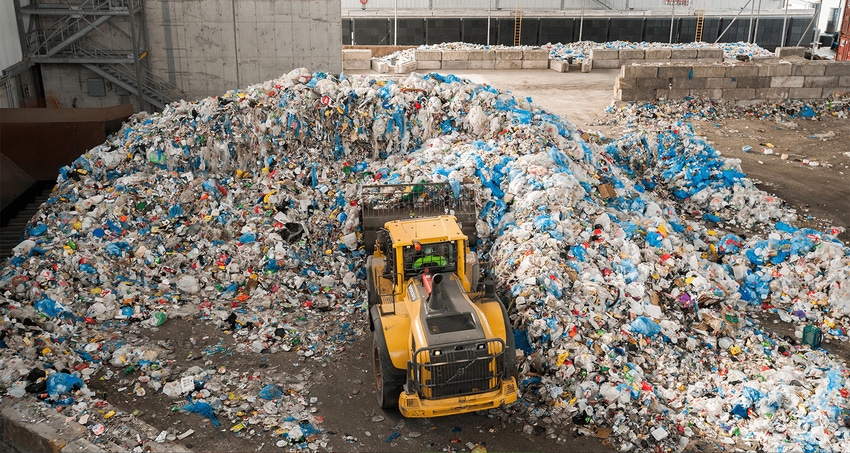Up, Down and Sideways: Mixed Demand and Supply Signals Make Recycling Markets Puzzling
Recycling markets usually go more or less the same direction. At the beginning of 2020, they were just beginning to climb out of a prolonged slump. By the fall of 2021, prices for most curbside recyclables were at or near all time highs. Then they began a steady decline.

Sometimes I’m Donnie Downer when I speak or write about recycling markets. Sometimes I’m Cheerful Chaz. Right now, I’m Billy N. Between because markets are sending mixed signals.
Recycling markets usually go more or less the same direction. At the beginning of 2020, they were just beginning to climb out of a prolonged slump. By the fall of 2021, prices for most curbside recyclables were at or near all time highs. Then they began a steady decline. Paper prices began improving last February but remain below the sweet spot for recyclers. Plastics, however, kept going down with prices near or below those in January 2020. Yet steel and aluminum cans stayed fairly steady at solid but not record setting prices.
Demand and supply, of course, are at the heart of prices. Curbside recyclables suffer a unique twist. Even if demand is down, recycling laws keep the supply going full steam.
Demand is low because consumers are spending more than usual for services such as entertainment or vacations than for goods such as clothing, beer or detergent. When consumers buy less, companies need fewer shipping boxes. As a result, fewer boxes are made.
Containerboard production, the primary material in corrugated boxes, is down 12 percent from a year ago due to lower box demand. Yet, oddly, recycled box prices are rising. This is because new recycled paper content capacity opened this year at four paper mills and two more are set to open later this year. Their need for raw materials is pushing prices up.
Recycled plastics face different problems. Plentiful supplies of cheap domestic and imported virgin resin prices along with unusually high supplies of off spec and “wide” spec resin create a tough competitive climate for recycled resins.
In addition, plastic demand and supply problems vary by resin type. Fiber and bottle companies are the two biggest markets for used PET bottles. Fiber markets, especially carpets, have been in decline for several years. Bottle companies can buy all the recyclable PET they want at current prices.
A wide array of consumer products are the markets for recycled polystyrene. Demand is down. Prices will show life when demand comes back.
That leaves us with the two HDPEs. Natural HDPE (milk and water jugs) are easy to recycle because they lack color. Consumer brands can dye that resin any color they want for their packages. To the extent they are buying they are also paying as little as necessary.
Color HDPE, however, is showing more signs of life than the other three plastics. The color is dyed into the resin and can’t be taken out. That makes it a perfect product for water, sewage and other pipes used in construction. The price of colored HDPE has doubled since early August. Granted, it is far from its 2021 peak, but the renewed interest may be a sign the Infrastructure Act is helping recycling.
As for aluminum, beer sales are down and so is demand for can sheet. Fortunately, the innate value of used aluminum containers has kept prices at a good level. Electric arc furnaces, the principal user of steel cans, rely on scrap steel for their raw materials. Demand is strong enough to keep can prices at a good level.
The biggest question of all is simple: where is the US economy headed? Will we go into a recession, have a soft landing or what? Sometimes I think if we put five economists in a room, we will get ten answers to that question. Most Americans might be surprised to learn that we have a better economy than most countries. Our recycling prices could be worse.
Prices are starting to increase for recycled plastics. Let’s hope they are rebounding and this isn’t just a quirk. Paper prices have been going up since February. I’m not sure if we can see daylight yet for all markets, but If this continues, I can be Cheerful Chaz again.
About the Author(s)
You May Also Like




